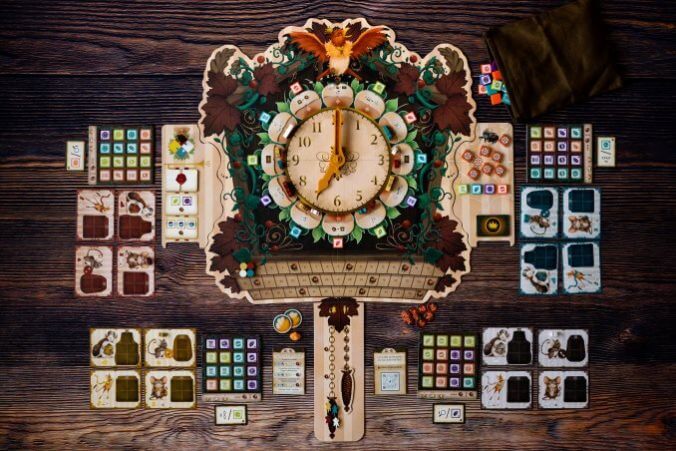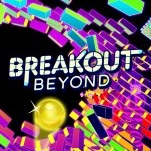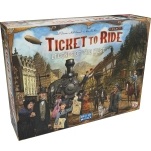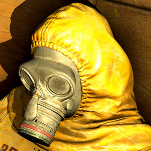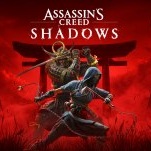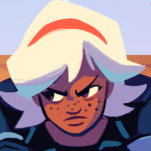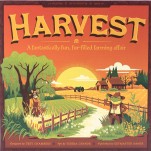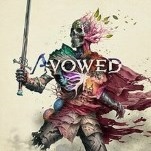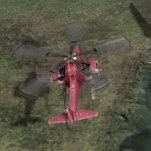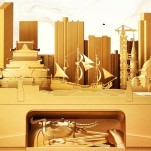Board Game Hickory Dickory Gets Docked for Being a Little Too Complicated
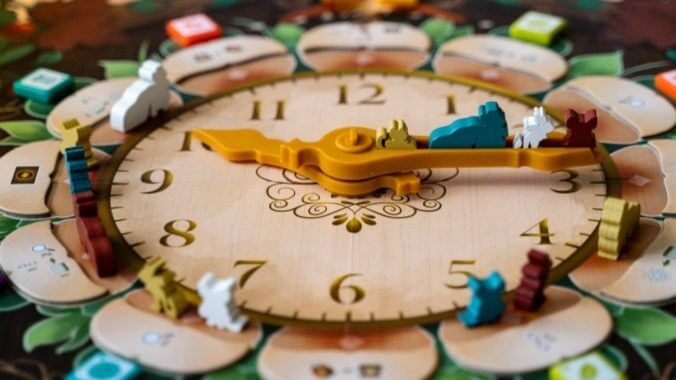
Hickory Dickory looks like a light, fun game, with mice running around a clock face, jumping on and off the minute hand to gather various trinkets for points. It is a fun game, but it’s not light and it requires a lot of work to map out your moves well ahead of time so your mice don’t get stuck with nothing to do on the final turn.
In Hickory Dickory, each player has a set of three mouse meeples, each of which has its own card where you can store the items it collects as it circles the clock. Mice move from the minute hand to the 12 numbered spaces, going first to the outer ring, where they may take an item if there’s one there and then take the action associated with that space. When the minute hand reaches 12, the round ends, and all mice sitting on the board (not on the minute hand) move back to the inner ring, from which they can then jump back on the minute hand when it arrives.
Space on the minute hand is limited, however, and you might get bumped off sooner than you’d planned. When a mouse jumps on the minute hand, it moves to the back and every mouse already on the hand moves forward. If there isn’t enough room, one or maybe two will fall off and have to take the action on the outer ring where they’ve been dumped. Each player has one meeple that takes up two spaces on the minute hand, so that one can force two other meeples off, while it’s more likely to find itself pushed off as well.
Those trinkets the mice collect form a significant portion of the scoring in the game. Each mouse has that card that can hold from two to five of these tiles, and can gain them either by getting off the minute hand at a space that has a tile, or by an action that allows the player to draw a tile from the bag at random. There’s also a separate action that allows you to go to the ‘market,’ where you can trade for a wild tile, or trade one tile for two of the four on display. Two action spaces let you deliver these tiles for points—one per tile, then points for tiles of the same color and of the same symbol. After that, you can place any of those tiles on your 4×4 Hunt board on matching spaces, although you may not be able to place some or any of them. And on top of that, there are always two objective cards on display that you can claim if you deliver the tiles shown on them.
-

-

-

-

-

-

-

-

-

-

-

-

-

-

-

-

-

-

-

-

-

-

-

-

-

-

-

-

-

-

-

-

-

-

-

-

-

-

-

-

